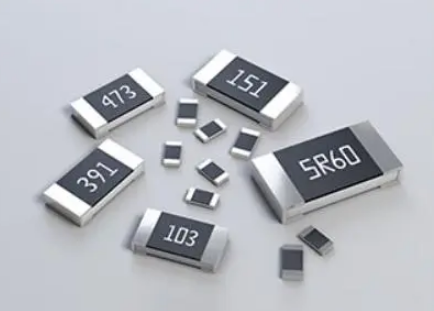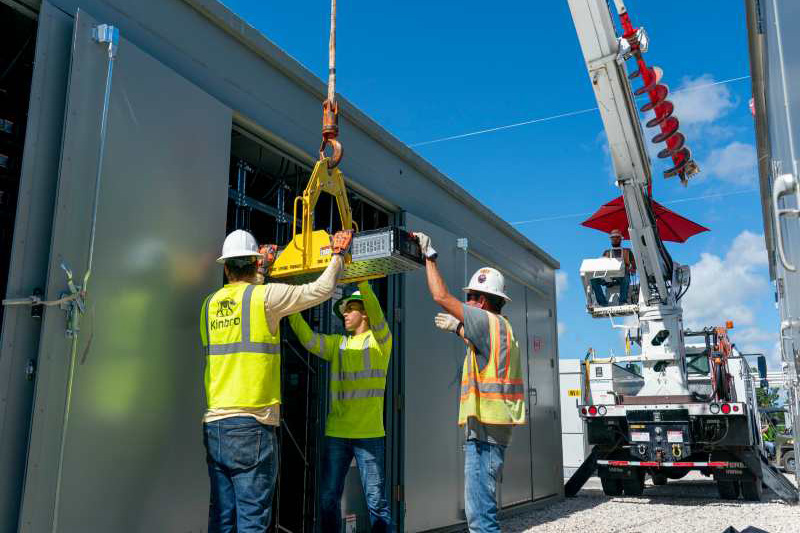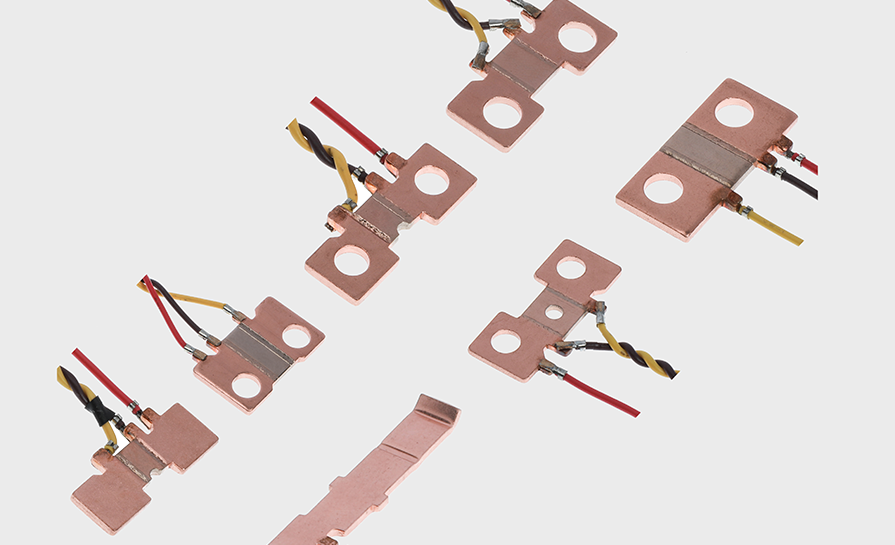
Measurement and Calibration Methods for SMD Shunt: Discussing How to Measure and Calibrate Current Measurement Results of SMD Shunt, Including the Use of Multimeters, Calibration Resistors, and Precision Current Sources
Introduction:
Accurate current measurement is essential in various electronic circuits, and SMD Shunts play a crucial role in achieving this. This article discusses different methods for measuring and calibrating current measurement results of SMD Shunt, including the use of multimeters, calibration resistors, and precision current sources.
Measuring Current with a Multimeter:
1. Select the Measuring Range: Choose a suitable current measuring range on the multimeter based on the expected current flow through the SMD Shunt. It is important to ensure that the selected range can handle the maximum expected current without causing overload or damage to the multimeter.
2. Connect the SMD Shunt: Connect the multimeter in series with the SMD Shunt and the circuit being measured. Ensure proper polarity and tight connections to avoid measurement errors.
3. Read the Measurement: Turn on the circuit and observe the multimeter reading for the current flowing through the SMD Shunt. Take multiple readings and calculate the average for better accuracy.
Calibration using Precision Resistors:
1. Select Calibration Resistors: Choose precision resistors with known and accurate resistance values. These should have a high tolerance and low temperature coefficient to minimize errors.
2. Connect the Calibration Resistor: Replace the SMD Shunt with the calibration resistor in the circuit. Use the same connection points and ensure tight connections.
3. Measure the Voltage: Measure the voltage drop across the calibration resistor using a multimeter. Use Ohm's law (V = I * R) to calculate the current flowing through the resistor.
4. Compare with Known Value: Compare the calculated current with the known value of the calibration resistor. If there is a significant difference, adjust the measurement setup or consider replacing the SMD Shunt.
Calibration using Precision Current Sources:
1. Use a Precision Current Source: Employ a precision current source that provides a known and accurate current output. These sources are designed to deliver stable and precise current values.
2. Connect the Precision Current Source: Replace the SMD Shunt with the precision current source in the circuit. Ensure proper connections and polarity.
3. Measure the Voltage: Measure the voltage drop across the precision current source using a multimeter. This voltage drop represents the current flowing through the SMD Shunt.
4. Compare with the Expected Value: Compare the measured current with the expected current output of the precision current source. If there is a significant difference, adjust the measurement setup or recalibrate the precision current source.
Conclusion:
Accurate measurement and calibration of current flowing through SMD Shunts are crucial for precise current control and monitoring in electronic circuits. Multimeters are commonly used for current measurement, but calibration using precision resistors and precision current sources provides a more accurate and reliable calibration process. By following the discussed methods, designers can ensure that the current measurement results of SMD Shunts are calibrated and aligned with known and accurate values. This enables accurate current measurements and enhances the performance and reliability of electronic circuits.
-

Milestone at world’s largest s
Yes, each step of production and finished products will be came out inspection b...
2021-09-01 view+ -

Volvo, Daimler and Traton Plan
Welcome. Please feel free to send us an email here. You will get our reply in 24...
2021-09-09 view+ -

Shunts for Metre: Enhancing Ac
Shunts for metre refer to the shunt resistors or current sensors designed and ut...
2024-01-03 view+ -

EV smart charging focus of ene
EV smart charging focus of energy data sharing in Europe spotlightThe electric v...
2022-06-27 view+


